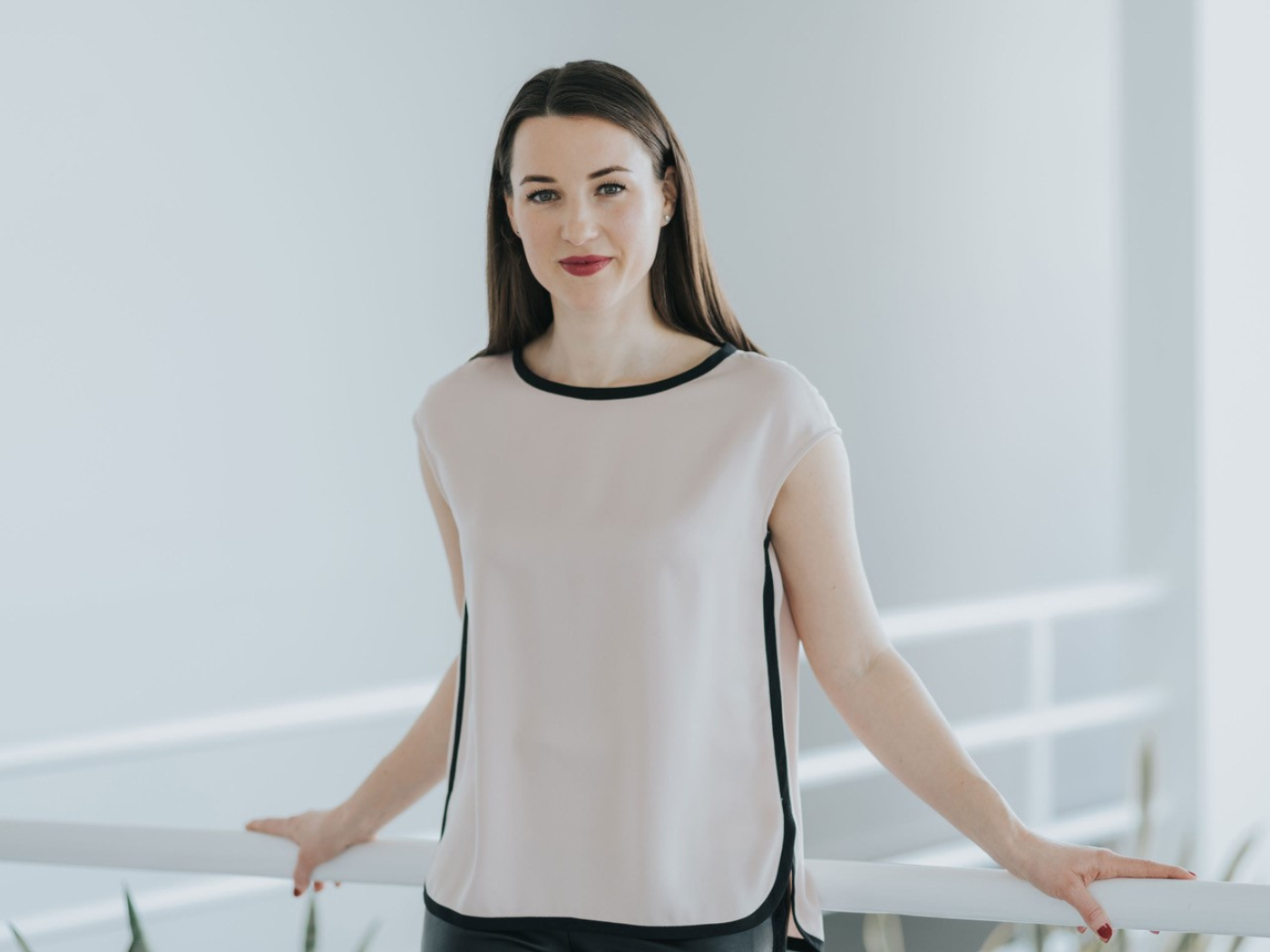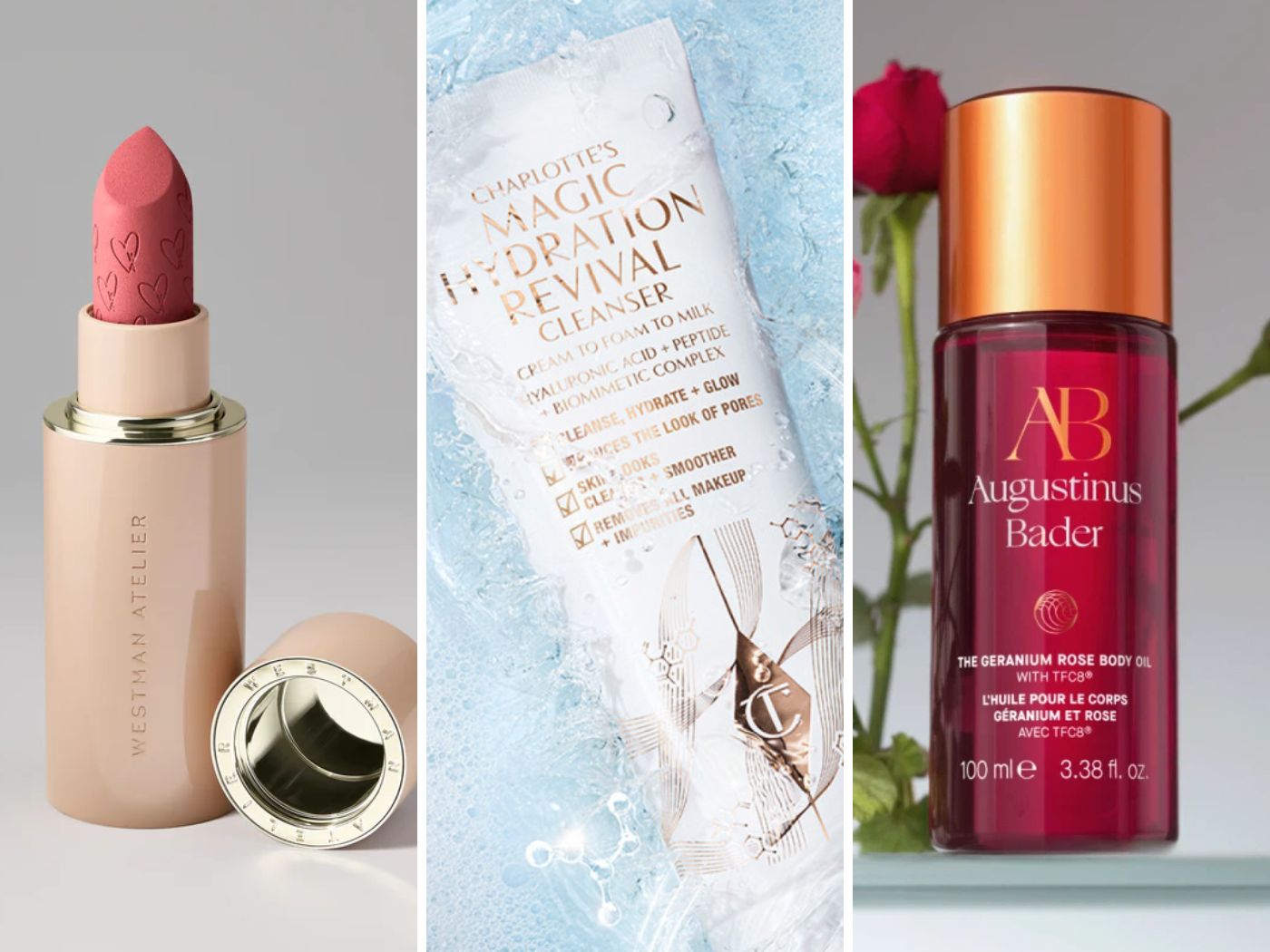Procter & Gamble released second quarter results on Wednesday revealing sales of $21 billion for the period ended December 31, an increase of 6 percent versus the prior year. Organic sales, which exclude the impacts of foreign exchange, acquisitions, and divestitures, also increased 6 percent. In beauty, net sales grew 3 percent with organic segment sales inching up 2 percent versus a year ago. Skin and personal care organic sales increased in the low single digits primarily driven by volume growth in personal care due to innovation, market growth and pricing, partially offset by negative product mix. Hair care organic sales increased low single digits primarily driven by increased pricing. Following a brief explanation of results, analysts dove in with a bevy of questions ranging from the company’s recent price increases (some are just rolling out, others won’t hit shelves until April), global pressure on supply chain (solutions include shifting materials and suppliers) and the impact of COVID (from employees to consumers). But many questions centered around beauty, specifically P&G’s recent acquisition spree, China beauty, and whether small brands are worth the investments and time. Here, the five most impactful quotes on these topics coming from the call.
Beauty’s top line performance: “If you look at our beauty business over a longer period of time, the business has actually delivered about $3 billion in incremental sales over the past five years, more than $1 billion of incremental profit, significant contribution to shareholder return, 25 consecutive quarters of organic sales growth including this quarter. When we look at this quarter on a two-year stack, on Beauty it’s 7 percent for Q2, Q1 was a 9 percent stack. We feel good about the overall performance of Beauty and the strength of the core portfolio. We certainly saw a slowdown in some of the Beauty portfolio, namely SK-II, which we’ve mentioned before, [due to] store closures of department stores, lower traffic there, and also slower key consumption periods in some China events. And honestly, our unwillingness to go into very deep discount levels on the brand have contributed to a slower growth in Q2. Overall, the portfolio is strong and has very strong growth potential in the future. We are also excited about the acquisitions we’ve announced. Tula, Farmacy Beauty, and Ouai all focus on the premium end of the trade in the U.S. which is giving us opportunity for additional top line growth and value creation in the U.S. and also globally.” – Andre Schulten, CFO, P&G
On China beauty: “China over the past four or five years has delivered high singles or low teens sales growth. We have a stable of very strong brands. We continue to believe that consumption after a weaker period in Q1, as you have seen, and Q2 in the market. Consumption in our categories returned to mid singles. And we feel well positioned to benefit from that growth with a strong organization, strong supply chain and strong R&D capability on the ground. The other point to note even with China being flat in the quarter, from a global perspective, we were able to grow more than 6 percent. And part of that is the strength of the geographic portfolio that we need to focus on because in some markets, we might have to invest. China certainly is at this point in time weaker from an overall consumption standpoint.” – Andre Schulten
On exiting categories, not a price tier: “I want to clarify what I think has been a little bit of a misunderstanding. When we made the portfolio decisions as to what we were going to move out on beauty and what we were going to stay in, we did not make price tier decisions. We did not exit premium beauty, we made category decisions. And we exited several categories that were more discretionary, that were not daily use, and where performance had a lower role in driving brand choice. For example, we maintained our most premium beauty offering, SK-II. The notion that we got out of a price tier and now we’re getting back in is not the way to think about it. We got out of categories. And we’re strengthening those categories. And these are the brands that we have purchased [that play in] the premium portion of beauty, which are the fastest growing from a market standpoint to date, and obviously give us ample opportunity to create value given their margin structure.” – Jon Moeller, CEO, P&G
The future of SK-II: “There’s certainly no ceiling for the brand in terms of growth. The brand continues to carry enormous equity with existing users, enormous appeal to new users, specifically in Asia. So we continue to be very encouraged by both the current strength of the brand, but also by the future pipeline and the initiatives that are to come. But the brand is operating in channels that are most impacted by the pandemic, that has an impact on our business, it has an impact on total consumption. And lastly, we don’t believe that heavy discounting is the right strategy in the short term to overcome some of these challenges. So we’re focusing on building the equity building product efficacy, and running our business model to return to stronger growth here in the future.” – Andre Schulten
Are smaller brands worth the hassle? “When we have the discussion on is there value in integrating the small tuck-in acquisitions, we’re obviously asking the exact same question. And the track record within beauty is actually very good. When you look at First Aid Beauty and Native as good examples, we’ve been able to bring these brands in, build on their existing sales basis, expand distribution, expand innovation, and marketing support across channels, and significantly grow both the net sales and value base. So the beauty organization’s ability to take these small brands, maintain their character and user base, and apply our strength to grow them is actually very promising. And that’s the underlying hypothesis and reason why we believe these three acquisitions will create significant value for beauty as well. The approach of bringing these brands in is also unique in the sense that the beauty organization is really taking time to bring the visiting organization into the P&G ecosystem, have them operate more independently than we’ve done in the past, to ensure that the character of the brand and the key strength of the brand are maintained, and then we carefully build on top. So high confidence based on previous experience would be my summary.” – Andre Schulten
“I’ve got more blood on my back from cleaning up lots of small brands. I spent four years of my life doing it. We are going to be very disciplined. And we’ll get an early read on whether we think things are going to work according to plan or not. And if not, we’ll pivot.” – Jon Moeller




